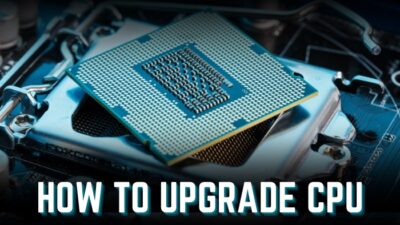In this era of technology, your CPU’s speed and efficiency determine the difference between success and failure.
And at the core of your processor’s performance, there is a small yet crucial component known as CPU registers. However, we often overlook these tiny memory chips in our CPU despite their importance.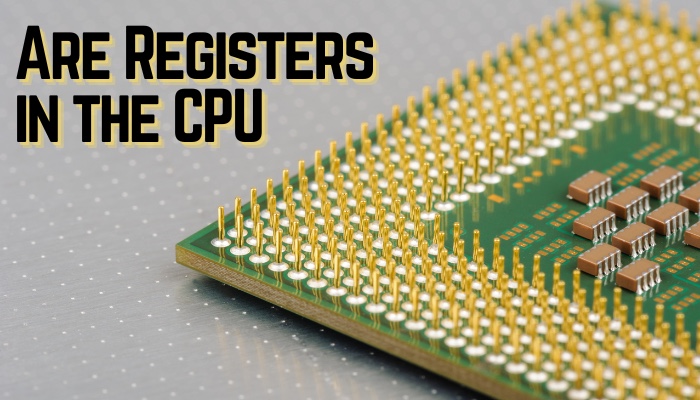
In this article, we’ll take a closer look at what CPU registers are and how they impact the overall performance of a computer.
So without further due, let’s jump in.
Does Your CPU Have Registers?
Yes, your CPU has various types of registers. CPU Registers are small, fast storage within the CPU. They temporarily store data and instructions for the processor. Registers provide quick access to frequently used data and reduce the data retrieval time from your computer memory.
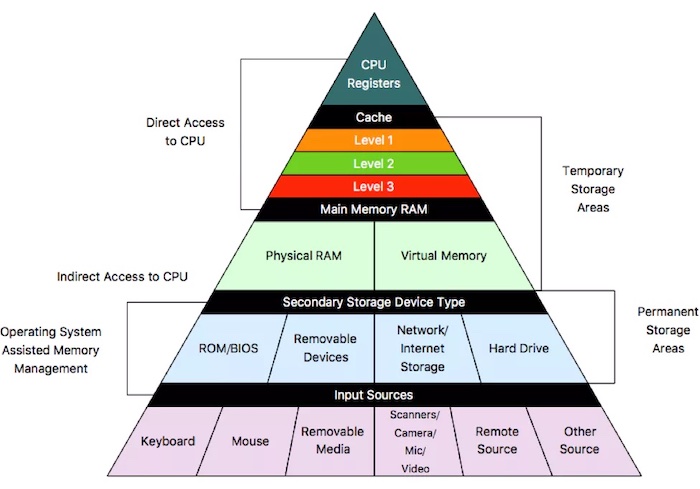
CPU Registers are very fast computer memory which can execute programs and operations very quickly. Usually a register’s number, name, and size change according to the processor design and programming language. Some PCs have small registers for short instructions.
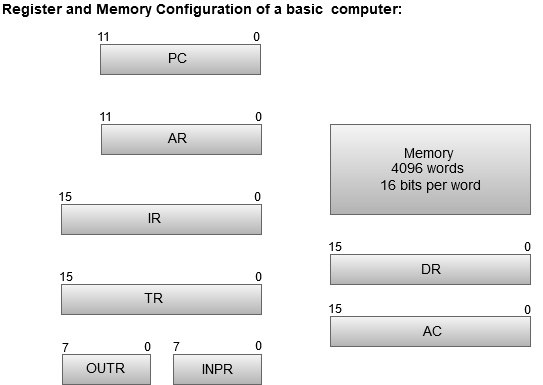
That’s why you should know your CPU architecture to understand the types of registers it has.
That said, there’s a good amount of people who think of it as cache memory. In reality, however, CPU cache and register are different.
What Types of Registers Does Your CPU Have?
Normally, processors contain general-purpose registers, floating-point, control, status registers, etc. But your CPU design determines which types of registers will fit better. Also, different manufacturers have their signature registers which they include in their products.
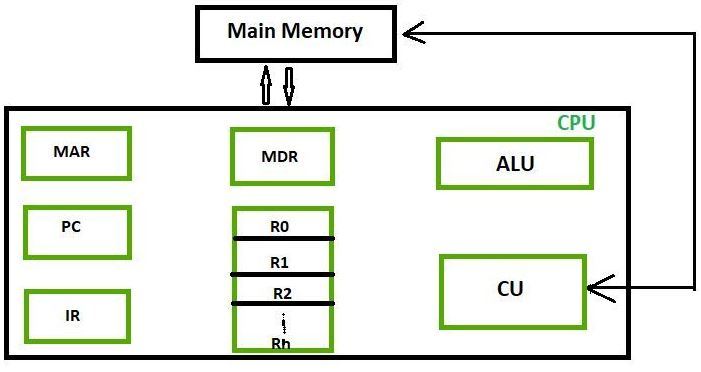
This section will show you the classes of CPU registers used in your processors. It will help you understand their functions, architecture, and bits.
These are some common register types manufacturers use in a CPU:
| Register Name | Symbol | Bits Number | Function |
|---|---|---|---|
| Data register | DR | 16 | Usually hold numeric data values. |
| Address register | AR | 12 | Holds the CPU memory address. |
| Accumulator | AC | 16 | Stores the data taken from memory. |
| Instruction register | IR | 16 | Control instruction code. |
| Temporary register | PC | 16 | Save temporary data. |
| General Purpose Registers | GPR | 16 | Store temporary data during any ongoing operation. |
| Floating-point registers | FPRs | 32 | Save floating-point numbers in many architectures. |
| Program counter | TR | 12 | Holds the address of the instruction. |
| Constant registers | n/a | n/a | Save read-only values like 0,1 or pi. |
| Input register | INPR | 8 | Moves input character. |
| Output register | OUTR | 8 | Moves output character. |
Also, there are some other registers that manufacturers use for special purposes. Examples: Special-purpose registers (SPRs), machine-specific registers, and Memory type range registers.
Besides the Registers types, you should also know about the type of your CPU.
Again, it’s important to get a good grasp on how CPU and RAM work in conjunction. So that you’ll understand CPU mechanism more.
Why Registers are Used in the CPU?
Manufacturers use registers in their processors because it provides quick ways to access and process data. It also allows the CPU to store specific data. Registers are small, high-speed storage locations within the CPU which temporarily hold the memory addresses of data and instructions.
It allows the processor to access data more quickly than slower memory storage locations like RAM. Companies also used registers to control information during the execution of instructions.
Now you may wonder, why don’t we have more registers in CPUs if they are so blazing fast?
Well, there are several reasons behind it. In this portion, I will tell you some key points why manufacturers don’t heavily rely on registers. Let’s see.
Here are some reasons you don’t just have a huge number of registers:
- Registers are linked with multiple pipeline stages.
- If you increase register numbers in a processor, tracking its lifecycle and forwarding results becomes very complex.
- Extra registers increase power consumption with product price.
- Additional registers use up valuable instruction encoding space. Because 16 registers = 4 bits for source/destination + 4 bits for 3-operand ARM.
- Register numbers impact decoding speed and code size.
- We have other alternatives to gain the same result but with low cost and less complexity.
These are the reasons why your CPU doesn’t have a lot of registers.
FAQs
What is a register file in your CPU?
When your CPU has an array of processor registers, you can call them a register file. The register file is a part of register banking.
How many registers does an i7 have?
Usually, an Intel Core i7 has 8 general-purpose registers in 32-bit mode, and 16 general-purpose registers in 64-bit mode.
Are Register and Memory the Same?
No, they are not the same. Registers are small, high-speed storage units inside the CPU. But people refer to CPU memory as the larger storage units, like RAM and ROM, that store data for a long time.
Conclusion
In short, Registers are important components of your CPU. It plays a vital role to process data and instructions. They are the small, fast storage units that control information when your processor performs various operations. The number and types of registers vary between CPUs.
After reading this article, I’m sure you know what types of registers your CPU has and how they work. Comment if you have any other queries about the CPU.
And for everything else, stick with 10 Scopes.

